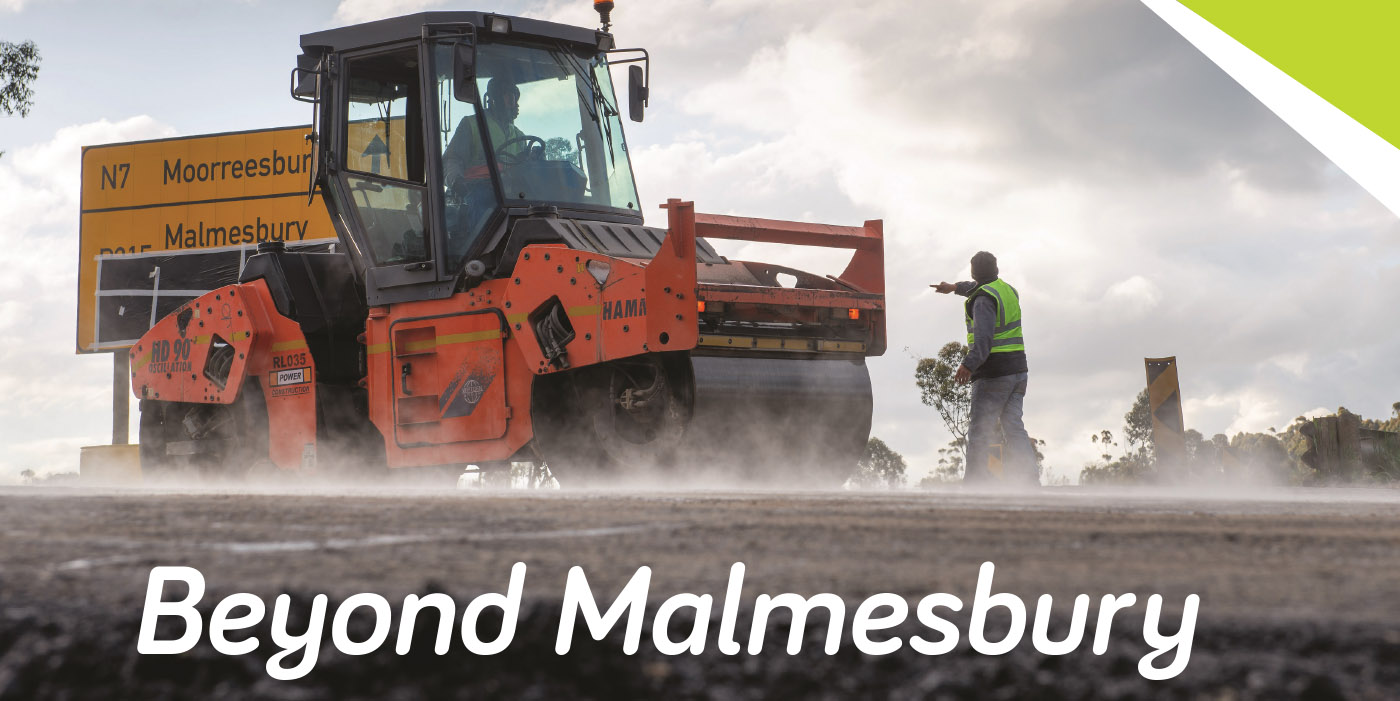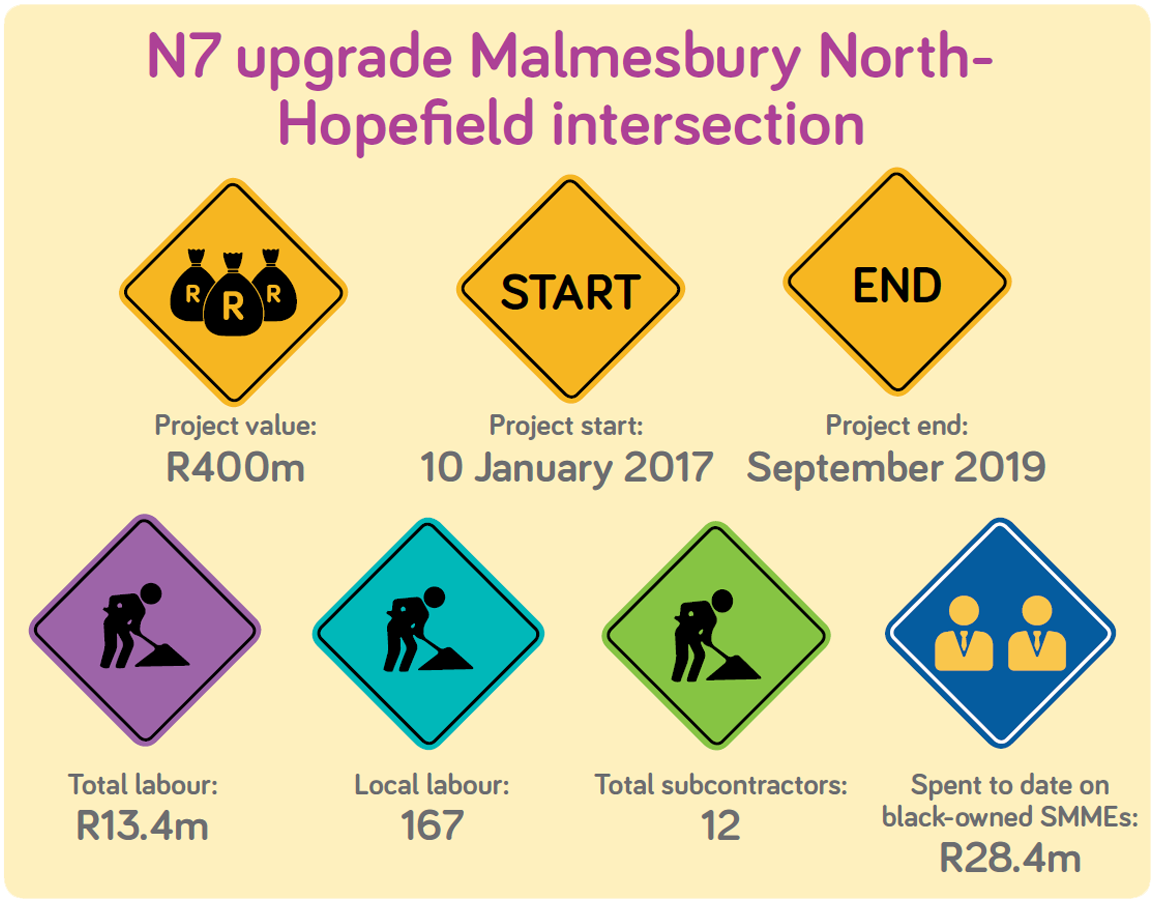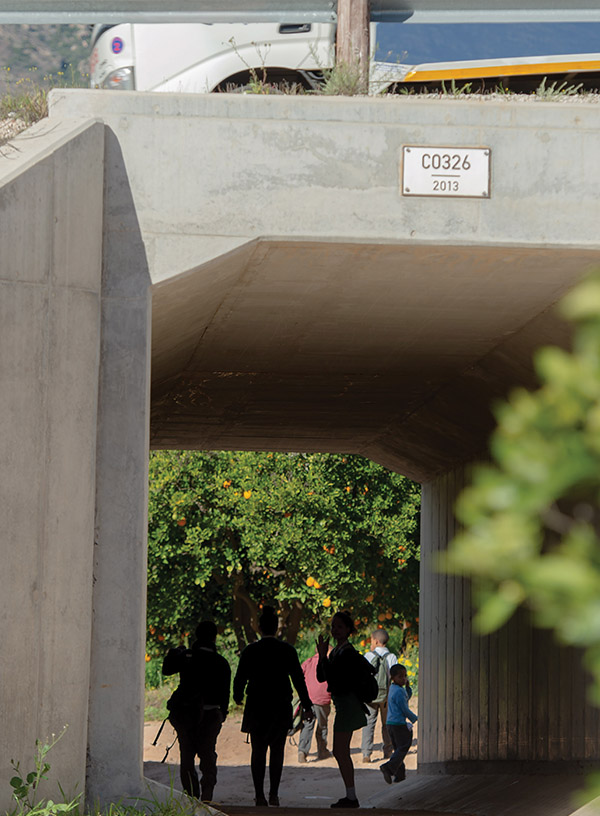In last year’s edition of Hello Western Cape, we talked about the upgrade of the N7 linking Cape Town to Namibia, with a particular focus on the work done up until the Darling Road interchange in Malmesbury. Further down the N7, the construction landscape has changed significantly in the past year. The upgrade of the N7 between Atlantis and Hopefield is worth R2.37bn, of which R297m directly benefits SMMEs. At the time of writing, this project is providing employment for 600 local residents.
The Hopefield interchange is designed to link the R45 to the new N7, with a particular focus on safer access and increased capacity, given the continuous expansion and development of the surrounding towns.
Resident engineer Leon Oosthuizen describes the project thus: “We are building approximately 5km of dual road on the N7, 2km of ramps at the new interchange, three separate bridges and


